Jez Noond:
Childhood Amended (part 1)
The Fosse Way runs diagonally across England, a north-easterly Roman road that connected Exeter in Devon to Lincoln in The Midlands. At Lincoln, the Fosse intersects with Ermine Street, the Roman road that connected London to York.

I grew up on an airfield in Gloucestershire. RAF Kemble is just under half way along the Fosse, not far from Cirencester. My earliest memories are of my father cycling to work, across the airfield, his blue police uniform gradually fading to grey as he disappeared into the morning fog, the red tail light on his bike; a lit cigarette that became extinguished. The Fosse Way cut through the airfield and ran along by the front wall of our garden. Open the front gate and you’d step right into the past.
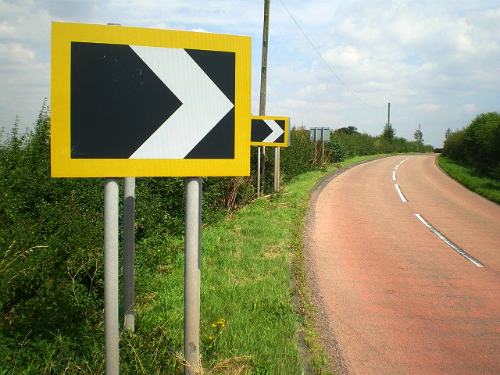
Parallel to the Fosse was the main airfield runway. I’m certain of these large brush strokes of memory. Modern satellite mapping systems allow me to check remotely and online to scrutinise what is left of this terrain. The precise details however, the sensory data as it were, feel as though they have been lost, painted over by more recent experiences.
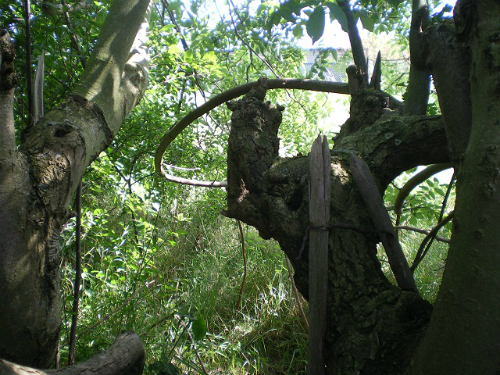
* * *
I don’t know how I learnt about the Fosse Way but I know that I’ve known about it since before I can remember. There was and is something magical about the Fosse. When my father took us for drives in his Zephyr, I begin to understand what the Roman road meant, what it looked like.
The Fosse: the ditch became a metaphor.
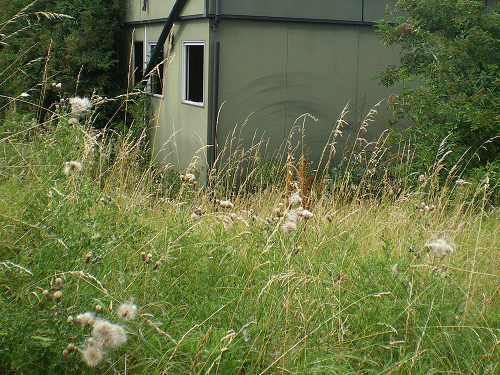
As he drove along, I sat in the middle of the back seat, behind him and my mother. I looked ahead between their shoulders, through the windscreen at the perfectly straight Fosse undulating in grey-green hues to the horizon.
The Fosse Way was a like a runway.
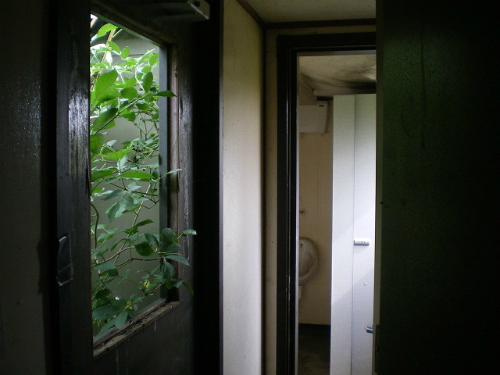
RAF Kemble became fused with the anxiety of war. My childhood obsession with war has, to some degree, fictionalised my ‘growing up’. The planes that flew to Yemen from England in the Aden emergency of the 1960’s were maintained and sprayed at RAF Kemble.
For me, that childhood anxiety is present in the images that accompany this text. The images allow me to experience memories that have been rewritten, memories that have become overgrown, that have been left untended as new concerns have diverted attention away from anxiety.

The images are not photographs of my childhood, nor are they purely documentary in nature. They are images of memories. A kind of false memory syndrome. A methodology for memory.
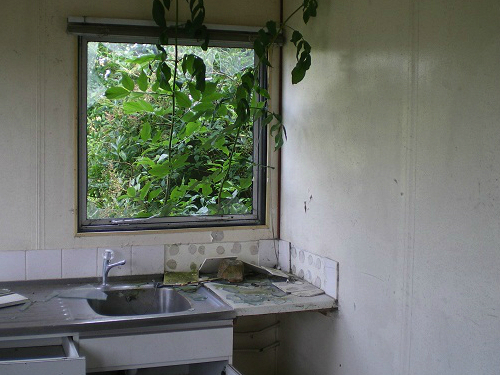
And so, many years later, I visit a place towards the other end of the Fosse, in Nottinghamshire, a place that resembles the memories of my childhood back down the road in Gloucestershire. My mother and father, whose shoulders I looked over, are no longer with me. The memories of them are covered with lichens and blackberries too. The memory of my father’s police dog, an Alsatian called ‘Gunder’, on whose back I once rode as a small child, is now the black silhouette on a yellow sign at a perimeter fence. RAF Newton in Nottinghamshire, like Kemble, is one of the many World War II airfields dispersed along the Fosse Way.
* * *
(All images & text by Jez Noond.)
If you are interested in writing a post for our LOCALITIES series, please get in touch.